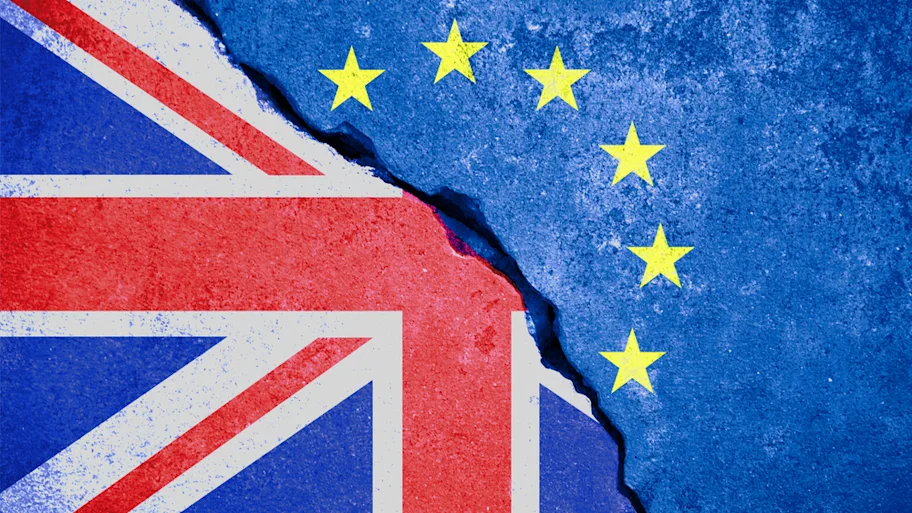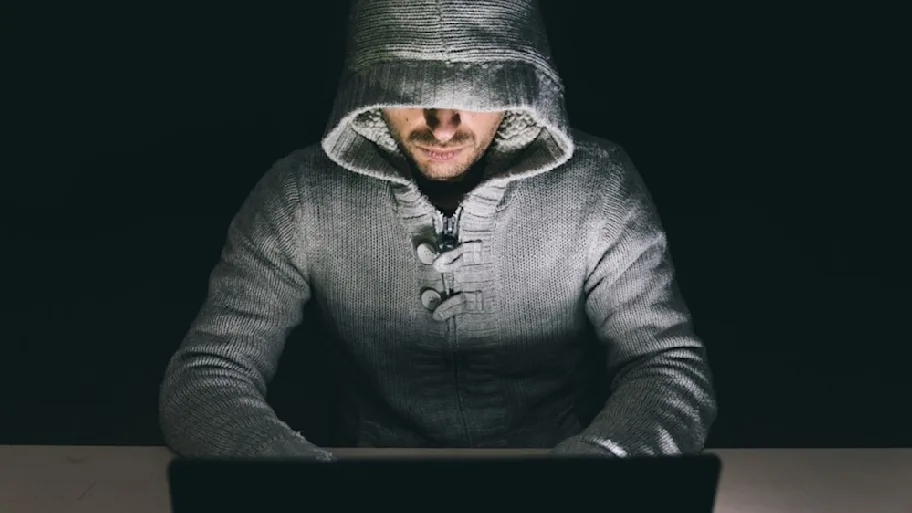
- Science news
- Featured news
- Research reveals potential new way to fight radicalization in ‘true believers’
Research reveals potential new way to fight radicalization in ‘true believers’
By Suzanna Burgelman, Frontiers science writer

Image: Nick Starichenko/Shutterstock
‘True believers’ who exhibit extreme behavior are driven by the degree to which their identity is fused with a cause or belief, finds a new study. The results suggest that an effective strategy for deradicalization could be to bring true believers to believe in new avenues of thought rather than to force them to renounce their ideas.
A new study published in Frontiers in Psychology has brought us closer to understanding what drives true believers to exhibit extreme behavior. The findings show that learning more about how and why an individual's identity can fuse with a cause may help in the fight against radicalization.
A true believer strictly adheres to a particular belief, such as a religion or a moral stance. They might dedicate their lives to a beneficial cause, such as fighting for human or animal rights. But they can also exhibit extreme negative behavior, such as committing terrorist acts.
Previous research has identified three constructs that can explain extreme behavior: sacred values, moral convictions, and identity fusion.
“Research has shown that considering a value to be sacred and therefore not open to negotiation predicts extreme behavior for that value. For example, if your stance on abortion is non-negotiable then you would be more willing to fight and die for that cause,” explained graduate student Francois Alexi Martel, of the University of Texas at Austin.
“Likewise, holding your stance on an issue to be a moral conviction, or something that you view as universally moral, predicts extreme behavior in defense of that issue. Finally, if your identity is “fused with” a cause, you are more willing to fight and die for that cause.”
► Read original article► Download original article (pdf)
Would you fight and die for your cause?
Using these constructs, the researchers conducted six studies to see which variable, alone or combined, is most predictive of sacrifice for a cause. They measured all three constructs with respect to two causes, namely gun rights and abortion rights. The outcome measure was endorsement of fighting and dying for the cause. The studies were conducted with participants from the US and Spain.
They found that all three constructs were correlated with endorsement of fighting and dying for a cause, but not to the same degree. Sacred values were the least strong predictor, followed by moral convictions. Identity fusion was the most powerful predictor.
“Having your identity fused with a cause was a better predictor of willingness to self-sacrifice for that cause than either the sacredness of values associated with the cause or whether the cause represented a moral conviction. This pattern emerged whether we assessed people's fusion with their position on the gun rights cause (pro-gun or anti-gun) or the abortion issue (pro-life or pro-choice),” said Martel.
The road to deradicalization
The findings suggest that people who are strongly fused with their cause and experience a threat to it might become radicalized. Whether a highly fused individual radicalizes depends on the target of their beliefs. Someone who is strongly fused with certain religious beliefs is more likely to sacrifice life for their cause than someone who is fused with a music band.
Still, the findings show clues to help in deradicalization of extremists. “This research could be used to develop strategies designed to identify potential terrorists, violent political extremists, or other potential radicals who are poised to engage in violence that could cost lives,” explained Martel.
The road to deradicalization is not a simple one. For individuals who are fused with their cause, deradicalization means to renounce a part of their personal self. But the authors propose a strategy that could be effective:
“Based on our research, we believe that shifting radicals from fusion with an extremist cause to a benevolent cause may transform them from a force of evil to a force of good.”






